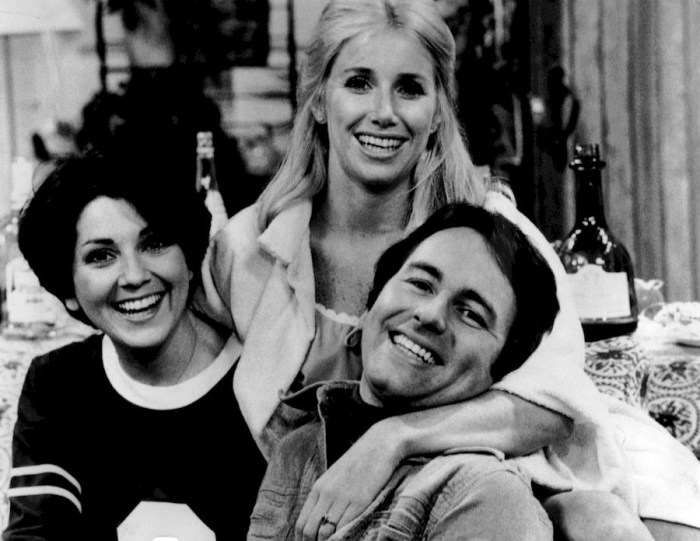Expansive development proposalsfor the waterfront real estate in Red Hook and Sunset Park laid out Tuesday captivated some New Yorkers and exasperated others.
The dazzling designs from AECOM, a global engineering firm, include three proposals for a “reimagined” southwest Brooklyn; the biggest would be twice the size of Hudson Yards, could have as many as 45,000 residential units, and calls for new subway lines to connect Manhattan and Brooklyn. For years, concepts for a revitalized Red Hook regularly popped up. But the AECOM proposal is the biggest yet, and with Brooklyn development at an all-time high, its potential as a waterfront area is in the spotlight. And the idea of invigorating a somewhat isolated community, and making it more accessible to the rest of Brooklyn and Manhattan, is especially appealing in light of the L-train temporarily closing. “It’s a big project with a big impact,” Mitchell L. Moss, director of the NYU Rudin Center for Transportation told Metro.
“The panel highlighted the challenges of creating and converting some of the land into housing parks and open space. But this was the start of a conversation about how we can use our waterfront in intelligent and productive ways.” Moss estimated that there have been 25 reports from developers about Red Hook in the past decade, but this one did an especially good job of bringing together the key factors for why this is necessary now. AECOM is stressing the dearth of housing in the area as well as the limited transportation of the area. Yet the possibility of drawing in huge numbers of residents to the area worries some community leaders. The proposal to develop 45 million square feet of his district drew harsh criticism from City Councilman Carlos Menchaca.
“The false premise here is that Willamsburg-style market rate condos on the waterfront are how to build sustainable communities in Red Hook and Sunset Park,” Menchaca said in a statement. “What shocks me is the absence of anything new, innovative or useful in their proposal. Aecom hasn’t bothered to engage Brooklyn residents and local planning experts.” “Their slick expensive proposal, pretending to foster dialog asks, ‘what kind of city do you want to live in?’ Well Aecom, I choose to live in one where local communities determine their own future.” Jeremy Laufer, district manager for Community Board 7 which includes Sunset Park, also noted that the proposals need to consider the needs of the community, as much as the landscape.
“It rehashes a number of concerns the community has had, which is for one thing, the serious lack of appropriate school space,” Laufer told Metro. “We are listed as the second highest most overcrowded community in the city.” Yet Laufer and many of his constituents strongly support any effort to improve transportation in their area, whether it is with new subway lines or the proposed BQX street cars that would run from Astoria down to Sunset Park. “We learned from Sandy when the subway was knocked out and the busses were clogged that we need more diverse public transportation options,” Laufer said, adding the especially dire need for 24-hour east-to-west transportation. He also noted that better transportation would help the growing niche tourism to the waterfront, with its spectacular waterfront views of Manhattan, the harbor and the abandoned Army Terminal.
An MTA insider told Metro that it would be very challenging and expensive for AECOM to execute on its plan to resurrect and extend No. 9 train service. The 2ndAvenue Subway, he cited, is a $4B project, and the Red Hook line would be a mile longer and underwater. One possibility would be similar to how the No. 7 line was funded, for which money was fronted from the city that would be paid back through future taxes.
Moss said that the government might be very amenable to funding mass transit in addition to the expanded ferry service and street cars being considered by Mayor de Blasio.
“The public sector has played a central role in building the infrastructure of the New York City we have,” Moss said.
Commissioner of NYC Planning Michelle de la Uz maintained that Southwest Brooklyn needs simultaneous input from community groups, academia and the private sector.
Southwest Brooklyn: Growing From The Waterfront Again by nikhitavenugopal on Scribd
























